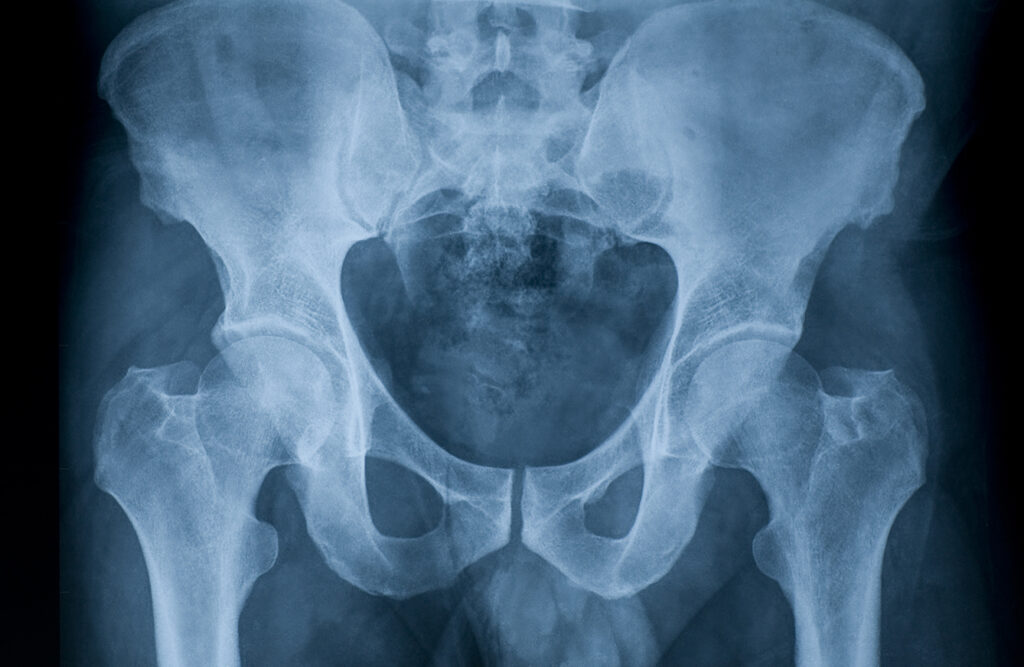Metal hip replacements
- Cost-effective with reliable outcomes
- A long track record for safety and lifespan
- Durable and suitable for most activities


Tried and trusted results


Who can benefit from a metal-on-plastic hip replacement
The downside of a metal-on-plastic implant is that over time the metal ball gradually wears down the plastic lining. This can cause the plastic to disintegrate and shed particles of polyethylene.
Your body identifies these particles as foreign objects and attacks them, leading to pain and inflammation. Eventually, your implant will need replacing, and you’ll need a second operation known as hip revision surgery.
I now feel three inches taller
My recovery time was surprisingly quick with little pain. I now feel three inches taller I stand upright I can bend much easier and I can walk forever. Life is good! Many thanks to Mr Shah and his team.
- Trevor Martin
Alternatives to a metal hip replacement
A longer-lasting alternative to a metal hip replacement is a ceramic hip replacement, which features a ceramic ball and socket. It has a much lower wear rate and depending on your age and lifestyle, your new hip could last a lifetime.
During your consultation, Mr Nirav Shah will go through your implant choices in detail and recommend the prosthesis that’s best suited to your lifestyle.

Start your journey
to a new lease of life
To ask us a question or arrange a consultation with Mr Shah, don’t hesitate to get in touch.
Frequently asked questions
A metal-on-plastic implant should last at least 15 years. A ceramic hip replacement provides a longer-lasting alternative. Learn more
A hip replacement usually takes 1–2 hours to complete. You’ll be under the care of an anaesthetist who will make sure you’re comfortable during and after your operation.
It will take months for you to make a full recovery, but you’ll start to see and feel an improvement much sooner. Most patients are walking without support within 4–6 weeks.
It’s hard to believe that a metal or ceramic prosthesis could feel or function like a natural hip joint, but most patients can’t tell the difference.


